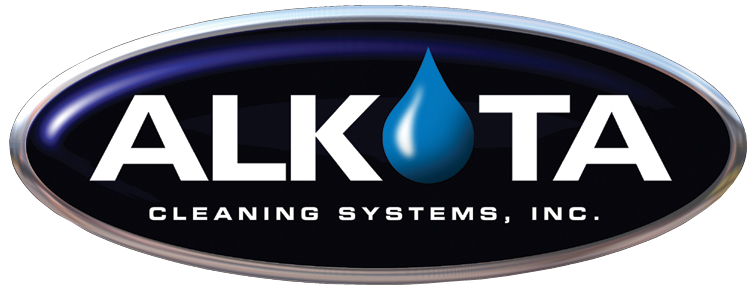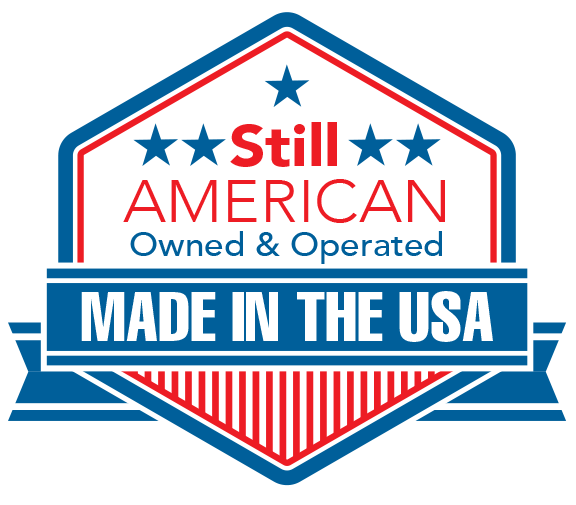
While there are tons of tutorials out there on winterizing your pressure washer, many of them are confusing, time-consuming, and often, not at all specific to your Alkota pressure washer.
To simplify things, we sat down with a veteran pressure washer expert at Alkota to get the lowdown on making sure your pressure washer survives the winter and won’t break down come spring.
How to Winterize Your Pressure WasheR
The first thing to take into consideration when preparing to winterize your pressure washer is your level of usage.
Many people simply put their pressure washers into storage for the winter. If that’s the case, you’ll need to prepare your washer for months of inactivity.
The following are a few simple steps you should take each time you store your washer for an extended period in cold weather conditions.
- Flush out the gasoline
If you plan to leave your washer completely off during the winter months you must flush out the gasoline by running the engine until it’s completely empty.
Empty the gas tank. Unused gas left in a pressure washer over the winter can get stale, gumming up the carburetor and inviting rust. First, add fuel stabilizer to the tank, then run the pressure washer to distribute it through the system off. Turn the pressure washer off and allow the engine to cool. Then siphon the excess gas into a clean container.
- Flush out any remaining water or detergent
Leaving these types of liquids in your pressure washer during the cold months can cause damaging swelling and warping of the pump head and high pressure fittings, meaning expensive repair bills come spring.
Water expands by a relatively significant amount as it freezes. Any amount that is left behind threatens the internal component of the pump, meaning more repair bills.
The best way to remove fluids from the system is to drain all chemical and water tanks if equipped. Blow air through the winterizing valve (only on Alkota products) or the inlet of the pressure washer. This will cause all fluids to flush out the discharge of the pressure washer.
- Add biodegradable anti-freeze
Once you’ve removed all fluids, it’s important to add biodegradable anti-freeze before storing. This will keep moisture from gathering in the pump, and high pressure components from freezing and forming mineral deposits.
preparing your pressure washer for Continued use in winter
Now, if you still plan on using your pressure washer during the winter months, several of the tactics mentioned above are irrelevant.
In fact, winterizing your washer if you still plan on using it is more about actual usage tactics rather than preparation.
Listed below are a few of the important things to keep in mind if you’ll be using your washer in chilly temps.
- Take both temperature and wind into account.
Under no circumstances should you operate a cold or hot water pressure washer at below freezing temperatures.
If any wind is present, you must cease use of a cold or hot water pressure washer as soon as the temp hits 34 degrees. It’s simply not worth the risk of freezing. In fact, it’s almost guaranteed that if your pressure washer freezes, it breaks.
Additionally, using chemical detergents in below-freezing temperatures significantly reduces the effectiveness of the cleaning agents. If you plan on using cleaning fluids, be sure the temperature is above freezing.
- Don’t leave your pressure washer out to dry
As we said before, do not, under any circumstance, let your pressure washer freeze. Ensure its safety by storing in a dry, warm place.
If your pressure washer is mounted to a vehicle or other equipment that must remain outdoors, consider engaging an electric heater to keep the washer from freezing.
At the very least, cover your washer with a tarp to trap some of the heat and protect against the wind.
- Keep your tank from freezing with fluids
Draining your washer’s tanks is a good option to prevent the tank from freezing, but the best possible defense is antifreeze.
You can use either auto antifreeze or windshield wiper fluid, but be sure to check the freezing point first.
Additionally, if your washer has a chemical sprayer, that will need to be flushed out separately.
If you don’t have access to anti-freeze, you can simply operate the washer on empty, essentially flushing air through the system at a high pressure.
If you have an air compressor available, you can “blow out” the system by using the Schrader valve, which is installed near the pump on most Alkota pressure washers.
- Clean with caution
If you plan to use your pressure washer in near-freezing to below-freezing situations, be aware that this will likely result in the creation of ice.
If you create large amounts of ice in public places or businesses you may be liable for keeping them safe. Bring along protective substances like salt or grit to keep people from slipping.
Additionally, spraying surfaces like brakes, stairs, locks, or doors can actually cause them to break from the pressure of freezing water.
Interested in receiving more useful tips and information straight to your inbox from our team of experts? Subscribe to the blog below!


